All designers need a professional portfolio website. Freelancers, for instance, need a personal gallery to showcase their work and to inform people on how to contact them, including both customers and potential employers that may like what they see.
Even if you’re already a member of a design team, it is a smart idea to run a personal blog and build up an admirable online presence.
How should your portfolio look?
Here are few common rules on design blogs and portfolios you can apply in any discipline:
- Great design – since you’ve decided to promote your design skills, you must be ready for people to judge the looks of your own site first. Create a website with a great layout and you have a head start.
- Understandable layout – smooth navigation is essential for any website, so that interested clients can find their way easily, and locate all information that matters.
- A friendly UX – UX is becoming the central piece of evaluation in any design project, and websites are only as successful as they’ve managed to offer excellent usability. This means that the clickable areas should be well-padded for touch and mobile-ready.
Which are the elements of a well-designed web portfolio?
Your logo
By default, a first-time visitor will try to locate the logo on your website.
Western people read top to bottom, from the left to the right, which is why it makes sense to place a logo in the upper left corner for easier identification. It comes without saying that you need a simple, yet memorable and original logo.
A memorable brand
Once you go online to promote your skills, you have to think of building and popularizing a unique brand.
The web is overwhelmed by skilled marketing professionals and branding gurus that will give you all sorts of advice, but it doesn’t mean that you have to follow all rules to bring that brand to life. Instead, you have to think of unique ways to represent yourself to the world and to preserve consistency wherever your brand appears. Also, sell your services well.
Your profile
Unlike traders and e-commerce website owners, all you have to offer is you. This gives you enough room to shed some good light on your profile and show people who the guy or girl behind the screen actually is.
Without going into details, you can reveal where you came from or what inspired you to become a designer, and include the essential information on your education, experience, and unique achievements. The bond will become stronger by maintaining constant contact with your visitors, so make sure they know they can trust you.
As mentioned before, all achievements, awards, and recognition have a compulsory place in your design portfolio. If you’re great in what you do, why not let people know about it?
A blog
Blogs have become an important means of identification, and a valuable expertise console for those who have the knowledge to share, and those who need help.
Namely, a blog will make your website more dynamic, and help you establish a permanent connection with the design community.
Exceed your possibilities
Popular adage states one should dress for the job he/she wants, instead of the one he/she has, and that couldn’t be truer for design portfolios. Your portfolio, for instance, should highlight the things you’re able to do, and focus on the exact audience that needs something like that.
A smart approach is to target as many prospects as you can within a common industry, as you’ll already be familiar with their needs and expectations. Yet, if you’ve specialized in a separate vertical, let visitors know about it.
Be selective
A common temptation for first-time portfolio creators is to expose in plain sight everything they’re capable of, but that approach has just as many negative effects as positive ones.
In today’s web design, less is more, and you should look for a way to mix up your best works into a logical unit. The reason for this is that people have refined taste, and won’t be digging through hundreds of portfolios and works to run across a piece they will like. You need to impress them right away and retain their attention over a small selection of top quality pieces.
Share the back story, and attach some attractive images
Once you’ve selected all pieces you want to display, give each project a careful look, and build a unique presentation approach. Visitors like to hear how you came up with your ideas and would be delighted to read the story on how you came up with the initial concept and prototype, or even check out some early sketches.
The first thing is, of course, the completed piece that reveals the skills and precision of your work. It should be accompanied by stylized and quality photography, but only as long as it doesn’t have a distracting effect on viewers.
Make the most of social networks
The best way to attract new audiences is by motivating your current fans to share your works on social media.
Encourage them to visit your social media profiles and to follow you on LinkedIn, Facebook, Twitter, and Flickr, so that they can easily refer you to a friend, or follow updates without necessarily visiting your website.
Sell more than your main skill
Is design really your only creative talent? Most probably not, given that all popular designers are involved in activities such as professional photography, coding, or even marketing.
If so, their audiences should know about it, as they will appreciate their work much more than before.
A regularly updated portfolio
Remember: Your work won’t be ready once you’ve created a stunning portfolio!
A static website where nothing ever changes takes little time to decline in popularity, which is why I recommend all designers to update it regularly and make constant additions to new and carefully selected projects.
Make it personal
The vast selection of beautiful design websites makes it painful to come up with something unique, but this doesn’t mean you should blind-follow the work of other people who’ve succeeded.
Instead, you should run a design website that truly speaks of who you are and what you do and make it memorable enough for users to distinguish you from other designers.
Pay attention to loading times
On average, today’s visitors spend no more than 3 seconds waiting for a page to load, and in case it doesn’t, they leave. To evade bouncing rates that could kill your business, pick a reliable hosting service that guarantees uptime, fast loading speed, and regular maintenance. The difference between hosts is huge, so make some research in advance.
Bonus tips
Speak of your origins.
People like to identify themselves with you, and you may attract customers from the same location or time zone.
Code validation
Validation matters a lot, as clients will expect them to have a valid website code in order to trust them.
Link both the text and the images, as visitors will expect to be directed somewhere when clicking on them.
Mention satisfied clients and display the work you did for them
In case you don’t have any, build up your own downloadable icon set or WordPress theme to let visitors see what your work is all about. Whatever you do, don’t leave the portfolio empty.
Work out a beautiful bio that reveals your point of view, and the uniqueness of your work. A good way to do this is to compile an attractive ‘about’ page that should contain important elements like, your thought process.
Since you’re a creative performer, you must have plenty to say on how design’s done nowadays, and a unique view on advancements in your industry. Make sure your creative focus/mission has a central role in your bio.
Reveal the origins of your perspective
This is another interesting backstory your customers deserve to know – How did you come up with the idea of becoming a designer? What inspired you to pursue this career? Potential customers love to hear such details.
Support your perspective with external details
Your bio should also showcase your connections in the designer community and the creative world in general. For the purpose, you should share your achievements and publications, notable partnerships, or appearance in the media. A list of satisfied clients is compulsory for those who have it.
Stay relatable
A designer’s bio shouldn’t necessarily be all about work. Instead, you can show your audience that you’re ‘one of them’ by speaking about your hobbies and interests.
The post The Importance of Creating a Stunning Web Design Portfolio appeared first on Web Design Blog | Magazine for Designers.
via http://ift.tt/2E8cizW

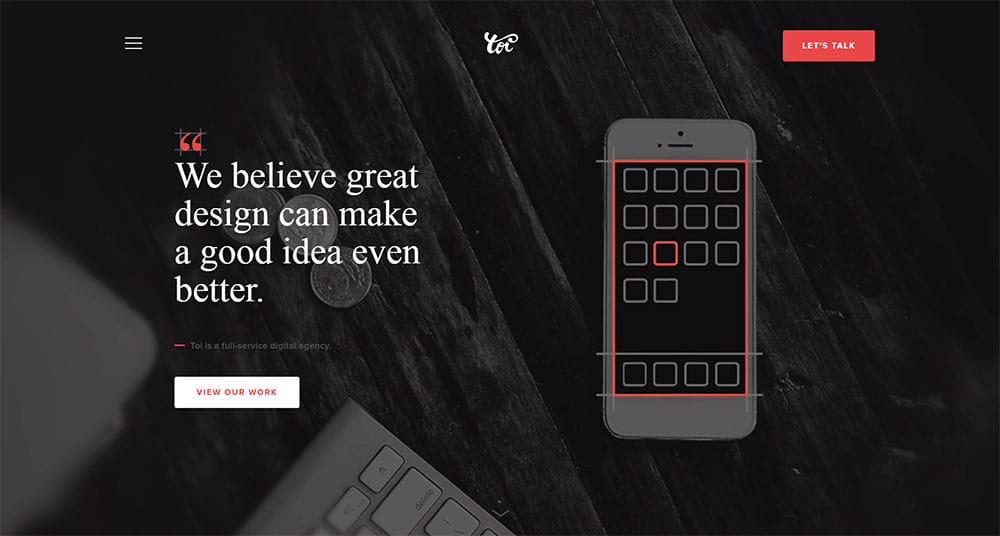
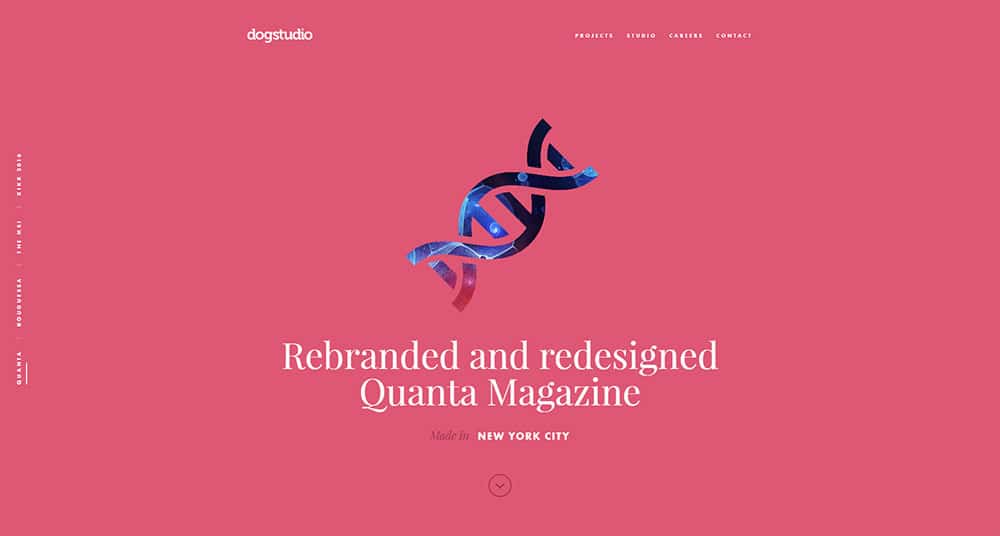
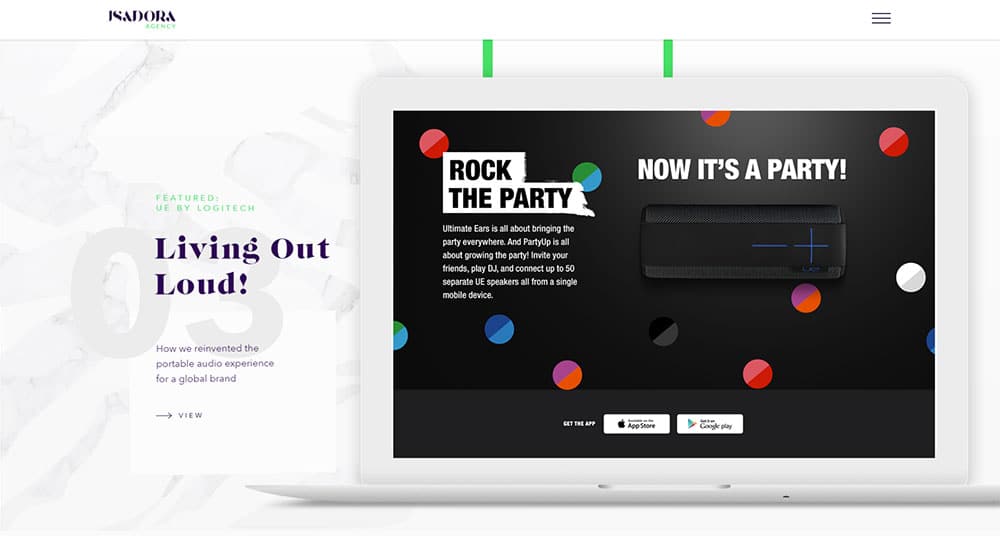
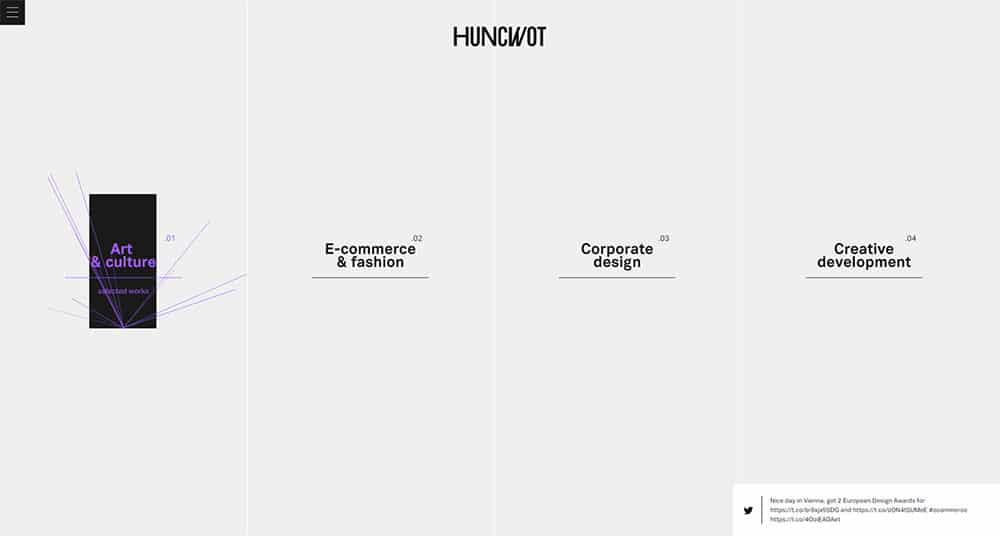
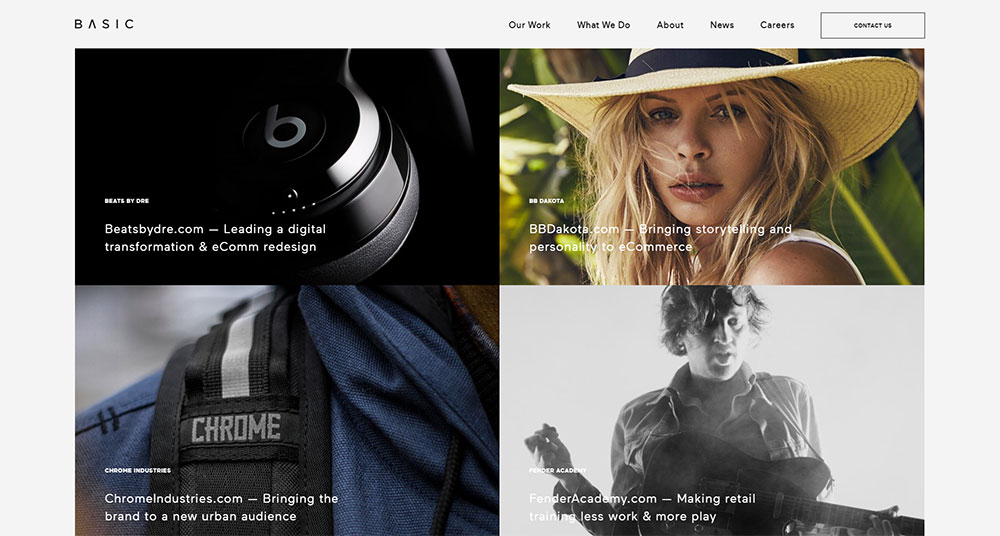
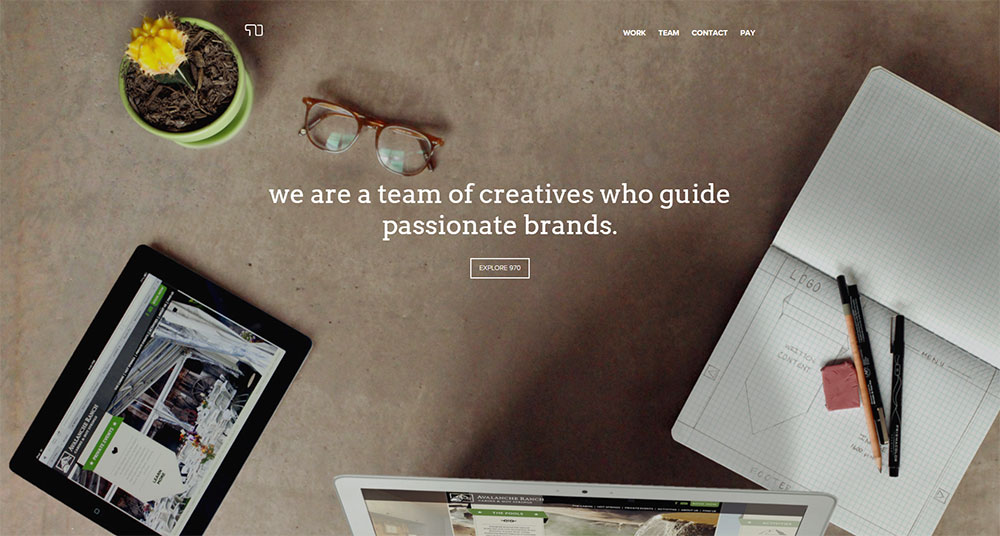
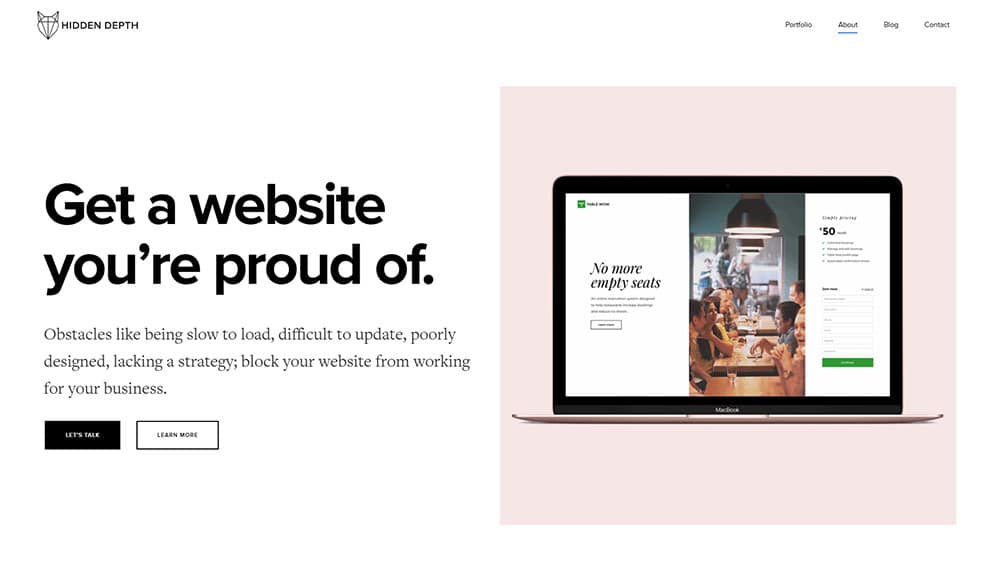
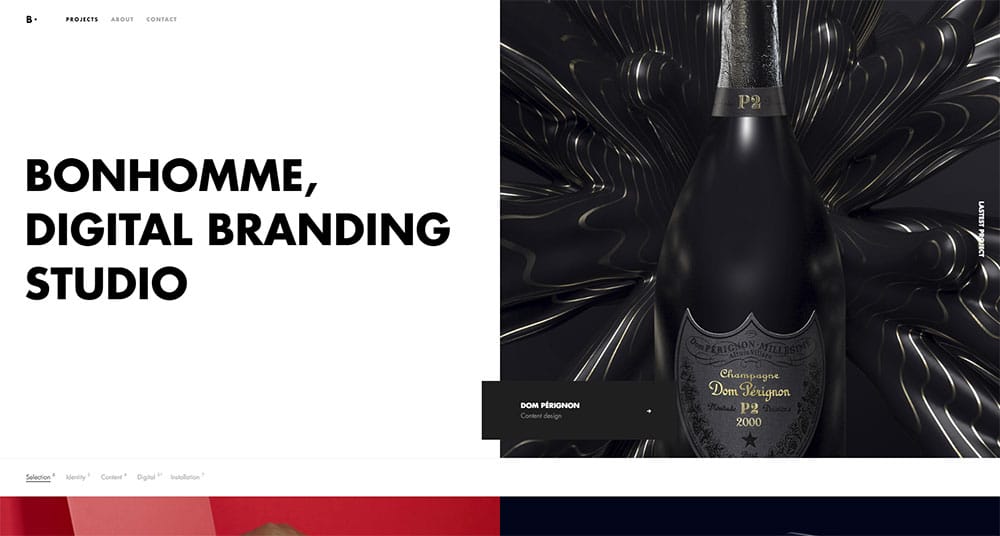

No comments:
Post a Comment